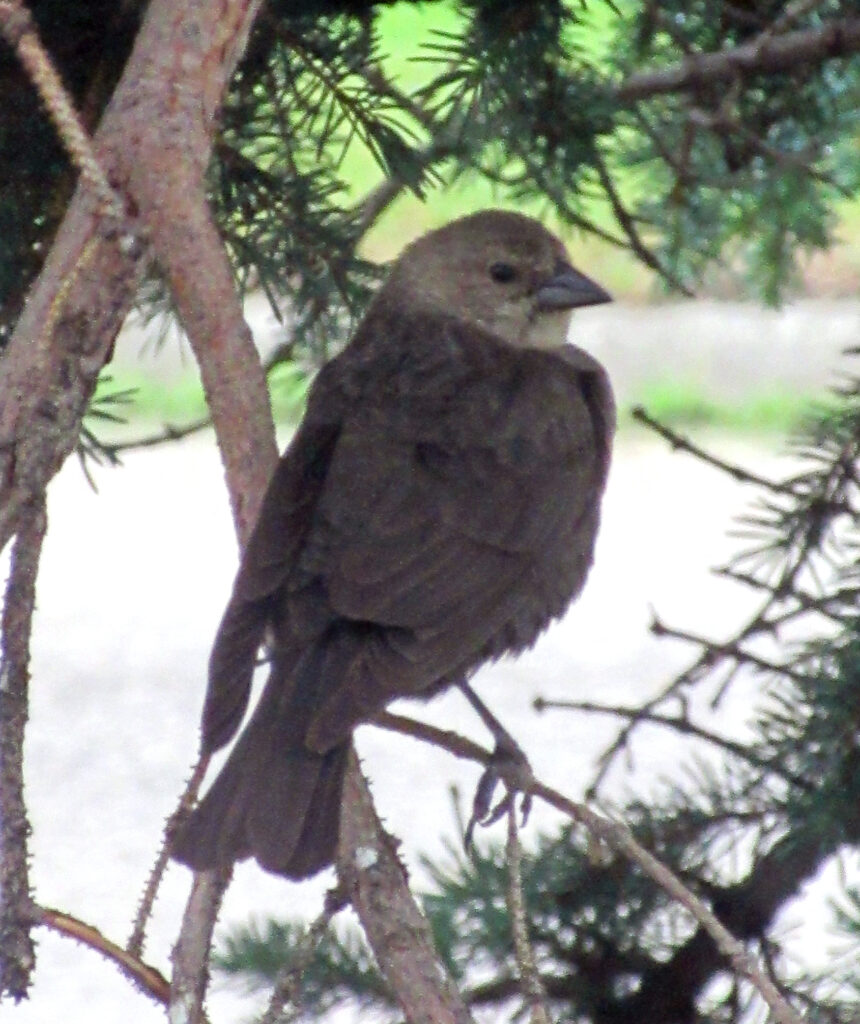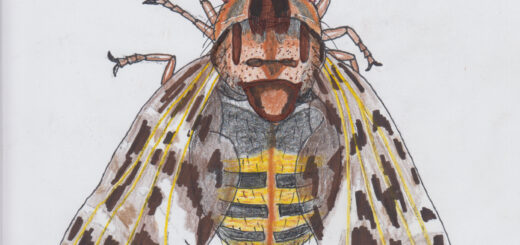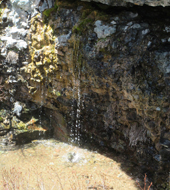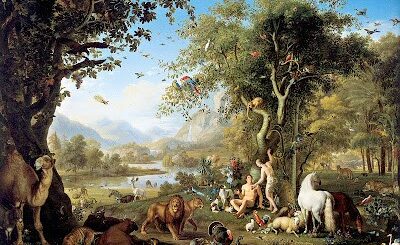A Tale of a High Rise Birds’ Nest.
Whilst sitting beside our Rocky Mountain Creek one late August afternoon, I noticed a bird’s nest in a Chokecherry bush that had gone unnoticed with previous visits, the lack of leaves made it visible. I guessed that was the nest of one of the Finches or Warblers, owing to the tight cup shape of woven roots and fine twigs.
For some reason, my gaze kept returning to this nest, and then it dawned on me that its overall shape was all wrong, it was too deep to make sense. Climbing down the bank to get a closer look, it appeared to be two nests, one built on top of another, but why would a bird bother to create two when one is ample?
Carefully, I took the top nest away and peered inside. The few fragments of eggshell suggested that the builder of the nest was possibly a Yellow Warbler Dendroica petechia. Next, I examined the lower nest among the debris and found a larger piece of eggshell that was different from the fragments found in the ‘top’ nest. Returning to my camp chair I concluded that this was probably a strange case of a ‘cuckoo’ bird parasitizing a songbird.
Once home I opened up my laptop to investigate the world of cuckoos. It appears this was the work of the Brown-Headed Cowbird Molothrus ater, a brood parasite common in ‘our little corner of the world’. We often encourage our readers to not only observe while out in the backcountry but also follow up with some research on the subject of your observation. With our modern technology, we are blessed with so many apps and websites that such investigations are a joy.
Here’s what we have learned so far.

The Brown-Headed Cowbird is a very successful brood parasite with some 140 bird hosts as reported by Wikipedia the free Encyclopedia and is reported to lay as many as 36 eggs in one season. This website also quotes a paper by Sealy, Spencer G. (April 1995);
The brown-headed cowbird, unlike the common cuckoo, does not have gentes with eggs that mimic those of a specific host. Host species may detect the cowbird’s egg, and their reactions vary. For instance, the blue-grey gnatcatcher may abandon its nest, sacrificing its own eggs, while the American yellow warbler might bury the intruding egg under the nest material, causing it to perish..
Brown-headed cowbirds often follow grazing animals such as cattle and horses feeding on the disturbed insects and seeds. It has been suggested that once they used to follow the bison herds, now long gone. This may be the reason that this species developed a cuckoo way of life, they needed to move on, but why continue this way of life?
Brown-headed cowbirds often come to our feeding station, and more often or not arrive in threes, one male accompanied by two females, this may explain the large number of eggs laid.



